At this point, one could say that Mobvoi’s TicWatch brand of smart wearables has stood the test of time – nearly a decade old, the TicWatch line hasn’t always been the most groundbreaking in terms of what it brings to the table, but instead builds on integating (and sometimes improving) already-existing features that add to the overall user experience.
In the case of the TicWatch Atlas, Mobvoi brings years of experience to its latest smartwatch. You could even say that it’s the definitive version of the TicWatch Pro 5 series, which saw two models (the latter of which launched earlier this year) that carry some similar specs to the Atlas. With that said, let’s get on with the show.
TicWatch Pro Atlas Specs
- Stainless steel, 7000-series aluminum, high-strength nylon, fiberglass
- 5ATM, Open Water Swim/MIL-STD-810H
- 1.43-inch OLED display + Ultra-low-power Display; Sapphire Crystal protection
- Qualcomm Snapdragon W5+ Gen 1 processor
- 2GB RAM + 32GB storage
- Bluetooth 5.2, Wi-Fi: 2.4GHz
- 628 mAh battery
The Good Stuff

As with earlier TicWatch Pro models, the TicWatch Atlas shines in terms of durability. The watch does come with 5ATM water resistance and MIL-STD-810H durability, and its overall design reflects its intended selling point as a rugged device meant for outdoor use. The watch comes with the same materials found on earlier models including a nylon-based chassis and an aluminium bezel, and overall feels like a solid wearable that can take a beating or two.
There are good things to be said about the Atlas’ display as well – there’s a sapphire-coated dual-display setup consisting of the main 1.43-inch OLED display and a secondary low-power display which helps save battery. It’s large and bright, and while outdoor visibility under powerful sunlight isn’t perfect, it gets the job done nicely.

As for usage, the Snapdragon W5+ Gen 1 chip inside the TicWatch Atlas allows it to function smoothly, and navigating the user interface, opening apps and general everyday use is smooth for the most part. The battery is probably one of the biggest highlights here, and in my usage I’ve noticed that it can definitely outlast devices like the Pixel Watch series, with battery endurance ranging between two to four days at the most, although individual usage patterns will of course affect this.
In terms of software the device runs on Wear OS 4, which comes with built-in Google apps such as Google Maps, Wallet and Messages, as well as a wealth of pre-installed Mobvoi health apps, more than a hundred different workout modes, and features like fall detection, the latter of which I haven’t needed to take advantage of, fortunately.
What Needs Improvement

That being said, the TicWatch Atlas isn’t a perfect device. For one, the lack of native Google Assistant support remains to be a big downside to using a TicWatch, and for users (like me) who have mostly integrated Google Assistant with day-to-day activities, its absence is painfully felt here. You can of course sideload it, but a Wear OS device without such functionality just feels incomplete.
The vibration motor is also somewhat weak on the default setting, and there have been a lot of instances where I’ve missed some notifications due to not being able to sense the watch when it vibrated. By comparison, the vibration feature on my Pixel Watch 2 is a lot stronger. I would recommend adjusting the vibration on the TicWatch Atlas to the maximum setting.
There are some hiccups with the interface as well. For instance, exiting the “One-tap measurement” feature causes the UI to go haywire for a second before returning to the main menu, and for some reason I wasn’t able to use the rotating crown to navigate through the different watch faces, something which previous TicWatch models were able to do. Hopefully, these issues can be addressed through a future update.
Final Thoughts

At its usual price of $350, the TicWatch Atlas mainly competes with other Wear OS devices such as the Samsung Galaxy Watch7, Google Pixel Watch 3 and OnePlus Watch 2. Its biggest strengths are undoubtedly the durable design, Snapdragon chipset and impressive battery life, with extra emphasis on the latter. In a day and age where most smartwatches still struggle to last for more than 24 hours, Mobvoi has an absolute advantage here.
However, the lack of Google Assistant (especially on a Wear OS device), the somewhat lacking vibration motor and minor issues with the user interface are things to consider, and ultimately hold back the watch from being an absolutely perfect smartwatch. All things considered though, users after a durable Wear OS watch with great battery life will definitely want to check out the TicWatch Atlas.
Disclaimer: Our TicWatch Atlas sample device was provided by Mobvoi.


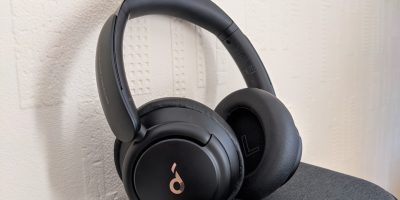
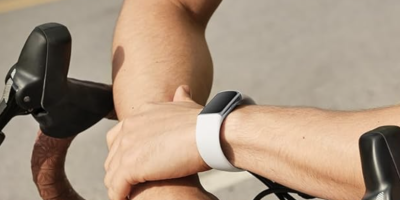
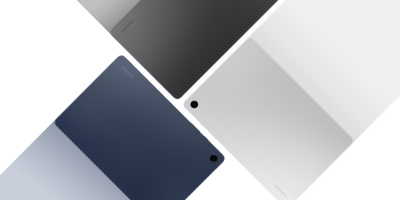



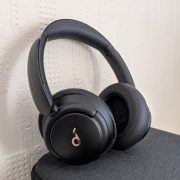
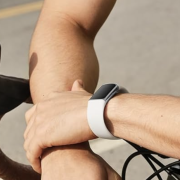
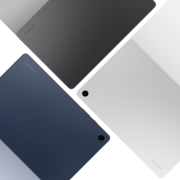

Comments